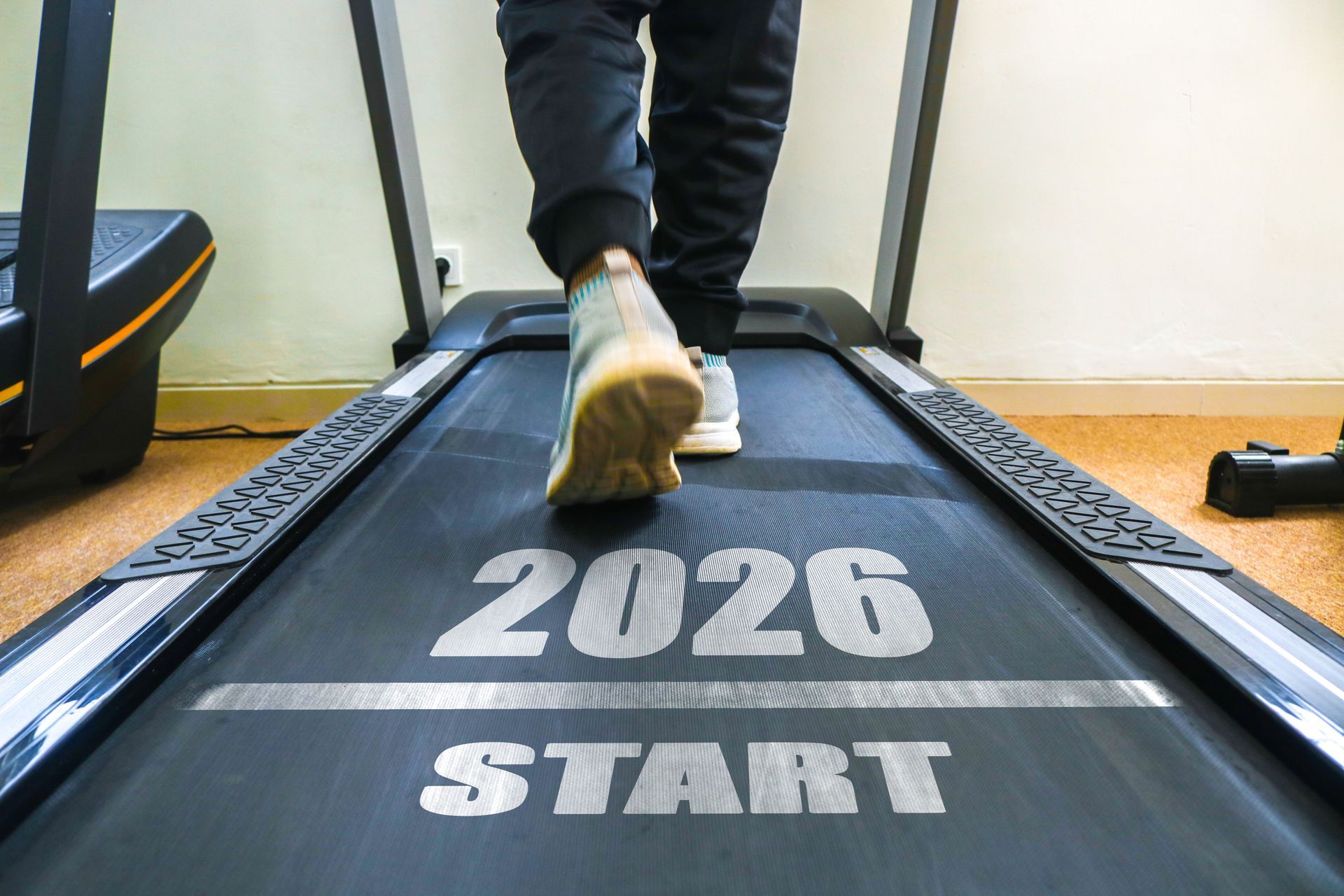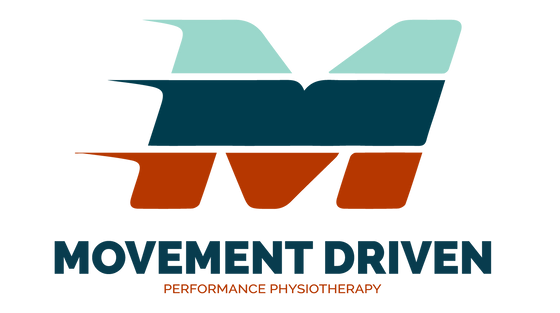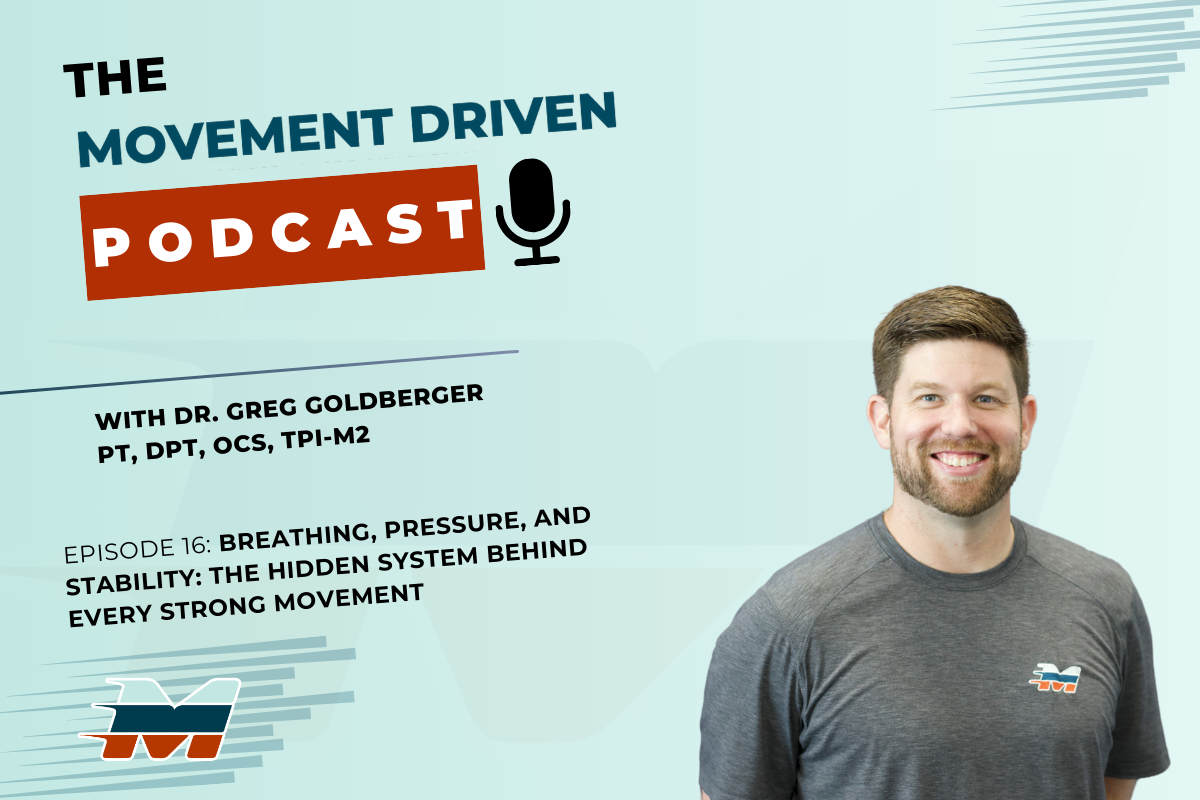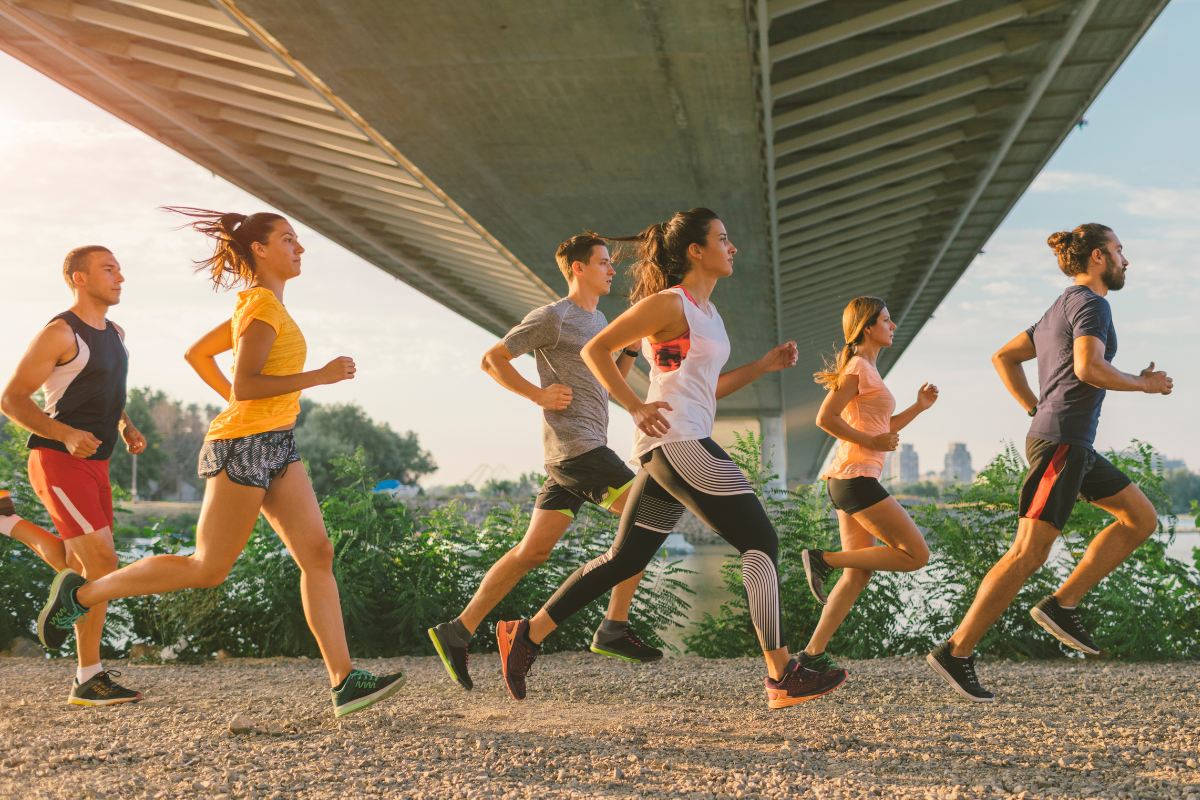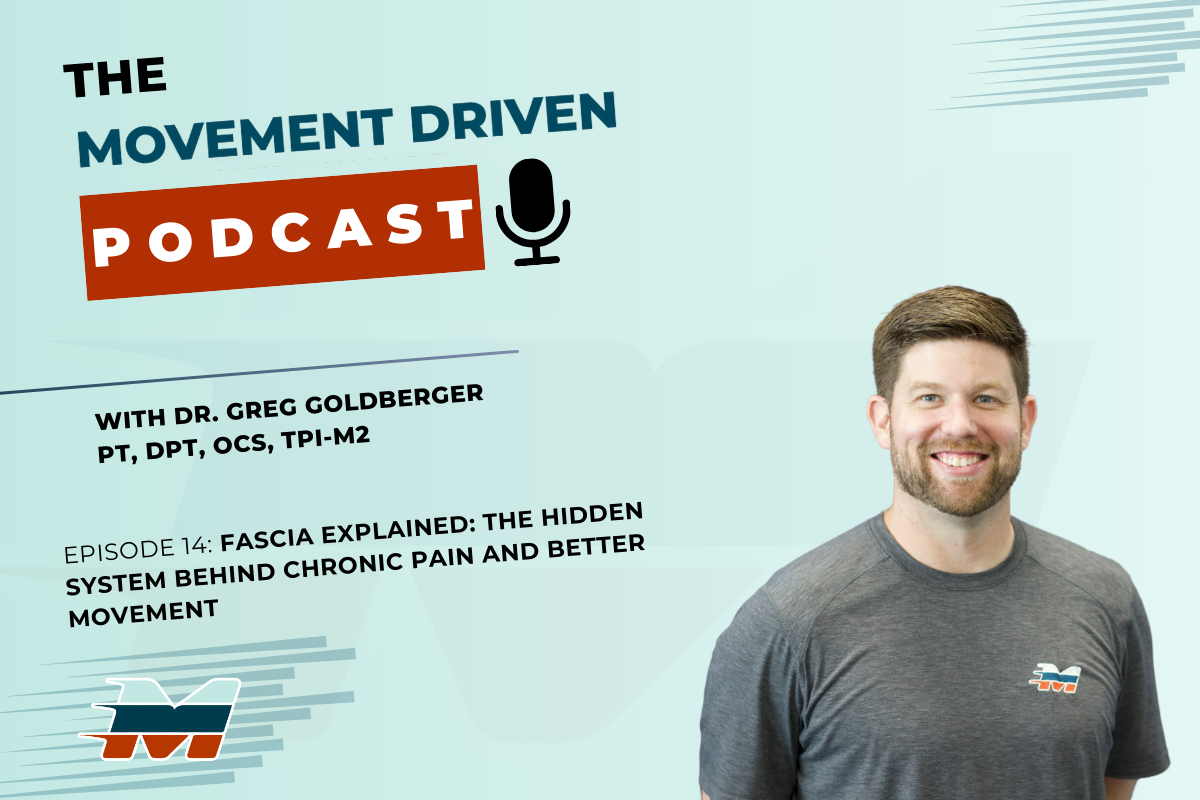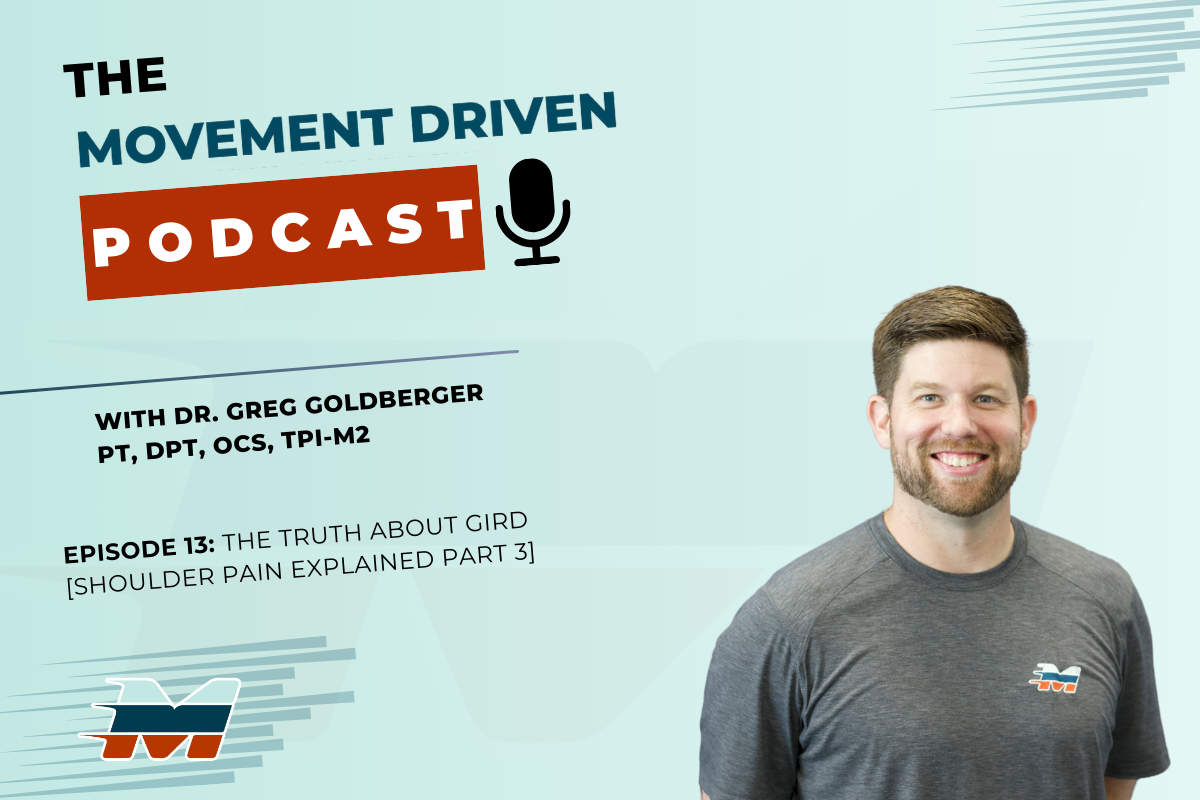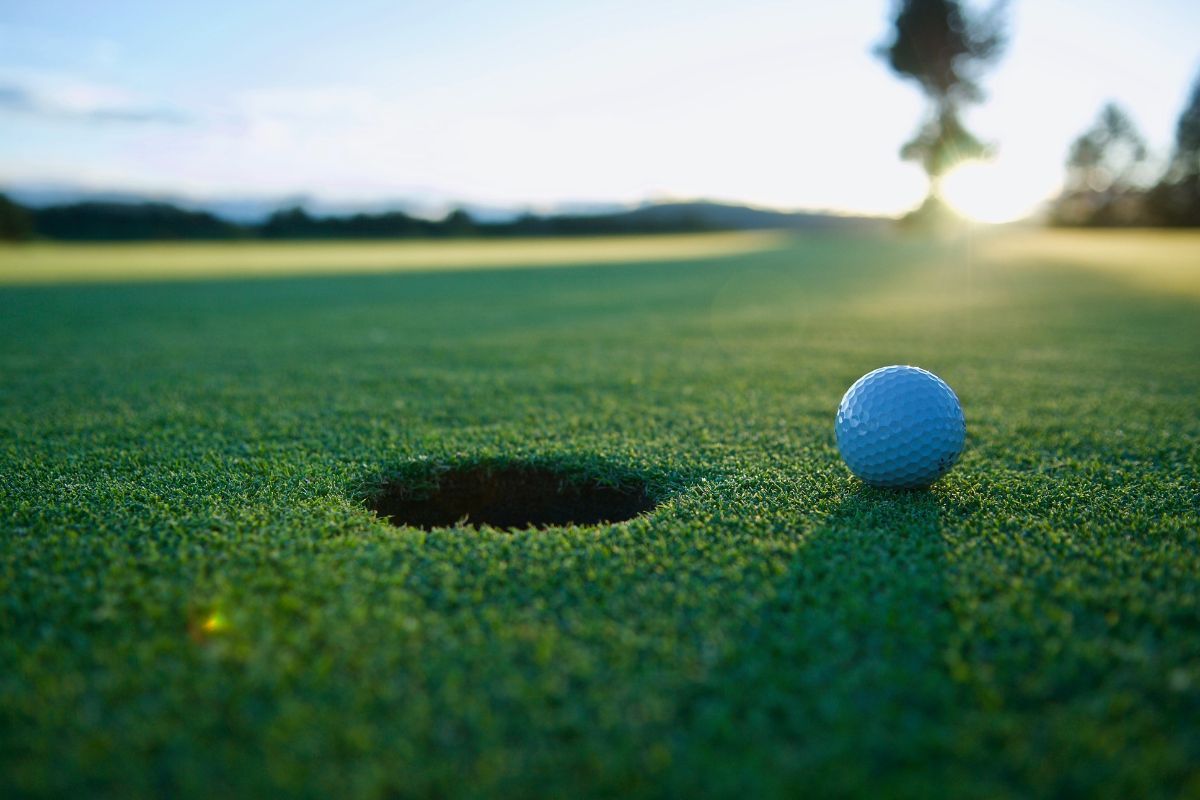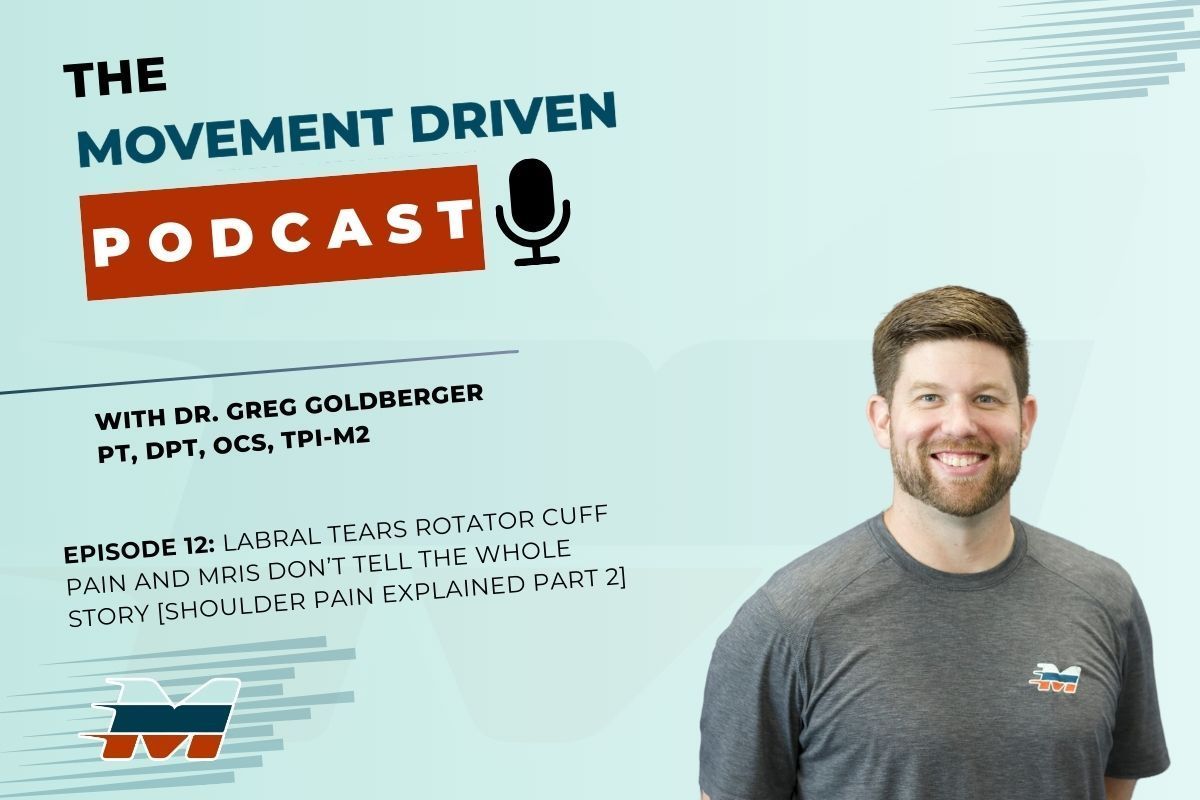The Role of Physical Therapy in Boosting Athletic Performance
Athletic performance isn’t just about natural talent—it’s about building strength, improving mobility, and preventing injuries to perform at your best. Whether you’re a competitive athlete or a weekend warrior, optimizing movement and recovery is key to reaching peak performance.
Many people think of physical therapy only as a way to recover from injuries, but it also plays a crucial role in enhancing athletic ability. A well-designed physical therapy program can help athletes move more efficiently, generate more power, and reduce injury risk, allowing them to train harder and compete longer.
READ:
March Madness: Stay in the Game with Movement Driven Performance Physiotherapy
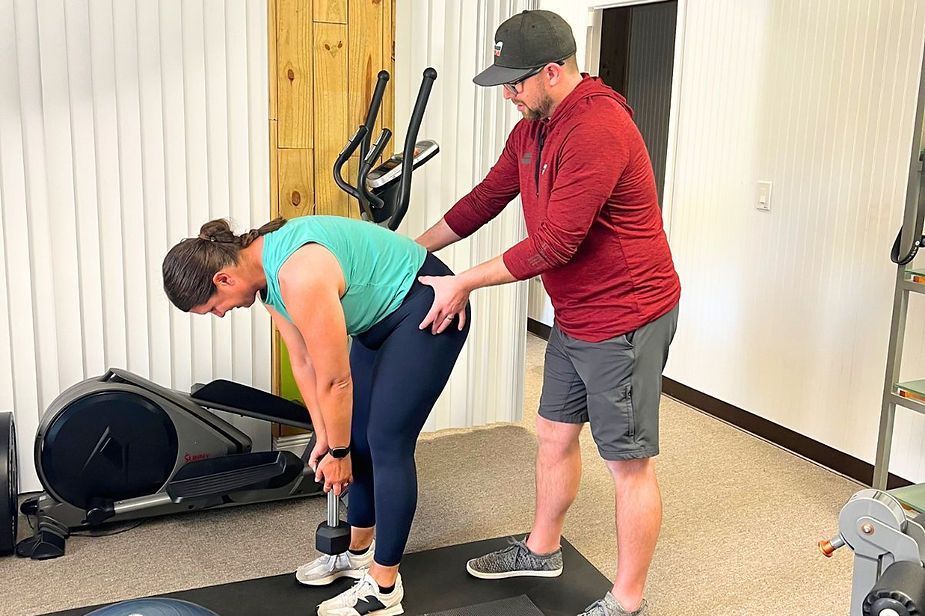
At
Movement Driven in St. Johns, FL, we specialize in
sports performance physical therapy, providing expert care to help athletes
recover, strengthen, and optimize their movement for long-term success. In this guide, we’ll explore how physical therapy can boost athletic performance and help you stay at the top of your game.
How Physical Therapy Enhances Athletic Performance
Physical therapy isn’t just for injury recovery—it’s a powerful tool for improving strength, mobility, and overall athletic ability. By focusing on movement efficiency and injury prevention, physical therapy helps athletes train smarter and perform better.
1. Improving Mobility and Flexibility for Better Movement Efficiency
- Tight muscles and restricted joints can limit an athlete’s range of motion, leading to compensations and decreased performance.
- Physical therapy incorporates dynamic stretching, joint mobilization, and movement retraining to improve flexibility.
- Enhanced mobility allows for more efficient movement patterns, reducing wasted energy and improving speed and agility.
2. Increasing Strength and Power Through Targeted Exercises
- Physical therapists develop individualized strength programs to improve an athlete’s explosive power and endurance.
- Strengthening key muscle groups like the core, hips, and shoulders improves performance in jumping, sprinting, and change-of-direction movements.
- Sport-specific strength training ensures that exercises translate directly to an athlete’s performance needs.
3. Reducing the Risk of Injuries with Movement Correction and Stability Training
- Many injuries result from poor movement mechanics, muscle imbalances, or weakness in stabilizing muscles.
- Physical therapy focuses on correcting faulty movement patterns and enhancing joint stability to prevent common injuries like ACL tears, sprains, and tendonitis.
- Balance, coordination, and proprioception training help athletes react faster and stay injury-free.
By improving mobility, strength, and stability, physical therapy helps athletes unlock their full potential while reducing the risk of setbacks.
READ:
Proper Warm-Up & Recovery for the 2025 CrossFit Games: Keep Your Knees & Back Safe
Key Physical Therapy Techniques for Athletes
Sports performance physical therapy involves a combination of hands-on treatments, corrective exercises, and movement retraining to help athletes perform at their best.
1. Manual Therapy to Improve Mobility and Reduce Muscle Tightness
- Soft tissue mobilization and myofascial release help relieve muscle stiffness and improve range of motion.
- Joint mobilization techniques enhance flexibility and correct movement restrictions.
- Dry needling and cupping therapy can help reduce muscle tension and promote recovery.
2. Neuromuscular Retraining for Better Coordination and Reaction Time
- Many injuries and performance limitations come from poor neuromuscular control (how the brain communicates with muscles).
- Agility drills, balance exercises, and proprioceptive training enhance coordination and body awareness.
- This training helps athletes react faster, improve footwork, and execute explosive movements more efficiently.
3. Sport-Specific Strength Training for Improved Power and Endurance
- Strength training is tailored to an athlete’s specific sport to ensure optimal performance.
- Programs focus on functional strength, meaning exercises mimic real-game movements.
- Core stability, lower-body power, and upper-body strength are integrated for well-rounded athletic performance.
By combining these targeted techniques, physical therapy helps athletes train smarter, recover faster, and perform at their highest level.
The Connection Between Injury Prevention and Performance Optimization
One of the biggest obstacles to peak performance is injury. Athletes who consistently deal with aches, pains, or recurring injuries struggle to maintain consistent training and competition levels. Physical therapy not only helps with recovery but also proactively prevents injuries, allowing athletes to perform at their best without setbacks.
READ:
Breaking the Cycle of Pain: Jacksonville’s Guide to Living Fully with Movement Driven
1. How Correcting Imbalances Reduces Injury Risk
- Many injuries stem from muscle imbalances, poor mechanics, and mobility restrictions.
- Physical therapy identifies weak or overactive muscles that contribute to inefficient movement patterns.
- Corrective exercises help restore balance and alignment, reducing strain on joints and muscles.
2. The Role of Prehabilitation in Keeping Athletes Competition-Ready
- Prehabilitation (prehab) is a proactive approach to strengthening key muscle groups before injuries occur.
- This includes mobility drills, dynamic stability work, and sport-specific movement retraining.
- Athletes who incorporate prehab into their routine experience fewer injuries and better overall performance.
3. The Impact of Recovery Strategies on Athletic Performance
- Recovery is just as important as training for long-term athletic success.
- Physical therapy techniques like stretching, soft tissue work, and dry needling help prevent muscle fatigue and overuse injuries.
- Recovery strategies ensure that athletes can train at a high level consistently without breaking down.
By focusing on injury prevention and recovery, athletes can stay in peak condition longer and push their performance to the next level.
Why Choose Movement Driven for Sports Performance Physical Therapy in St. Johns, FL?
At Movement Driven, we believe that every athlete deserves to train and compete at their highest potential—without pain or limitations. Our sports performance physical therapy programs are designed to help athletes recover, strengthen, and optimize movement for long-term success.
Expert Therapists Specializing in Athlete Recovery and Performance
- Our team has extensive experience in sports medicine, movement science, and performance training.
- We take a data-driven approach, using movement assessments and advanced therapy techniques to enhance performance.
- Whether you’re a high school athlete, college competitor, or weekend warrior, we create a plan to help you reach your goals safely and effectively.
Personalized Training Plans Tailored to Your Sport and Goals
- Every athlete has unique needs based on their sport, position, and injury history.
- We design individualized strength, mobility, and recovery programs to optimize performance.
- Our focus is on long-term success, ensuring that you stay strong and injury-free throughout your career.
Start Optimizing Your Performance Today
Whether you’re recovering from an injury or looking to elevate your game, sports performance physical therapy can help you move better, train harder, and compete longer. Schedule an appointment with Movement Driven and take the first step toward peak performance!

